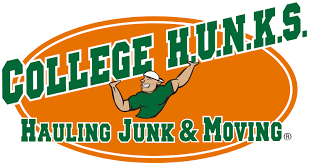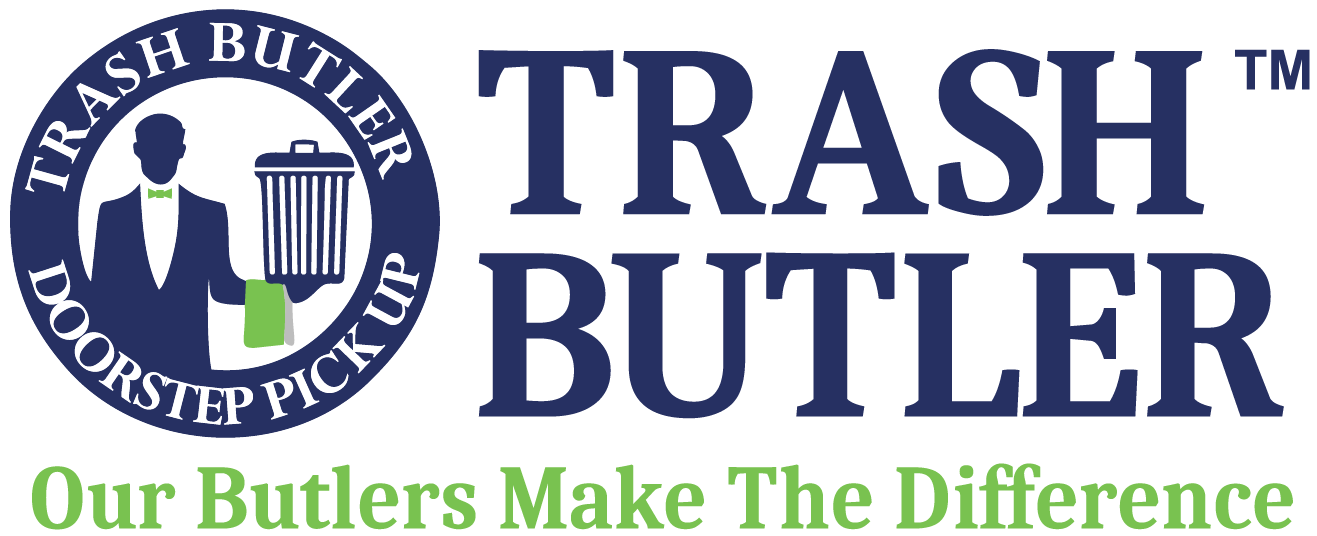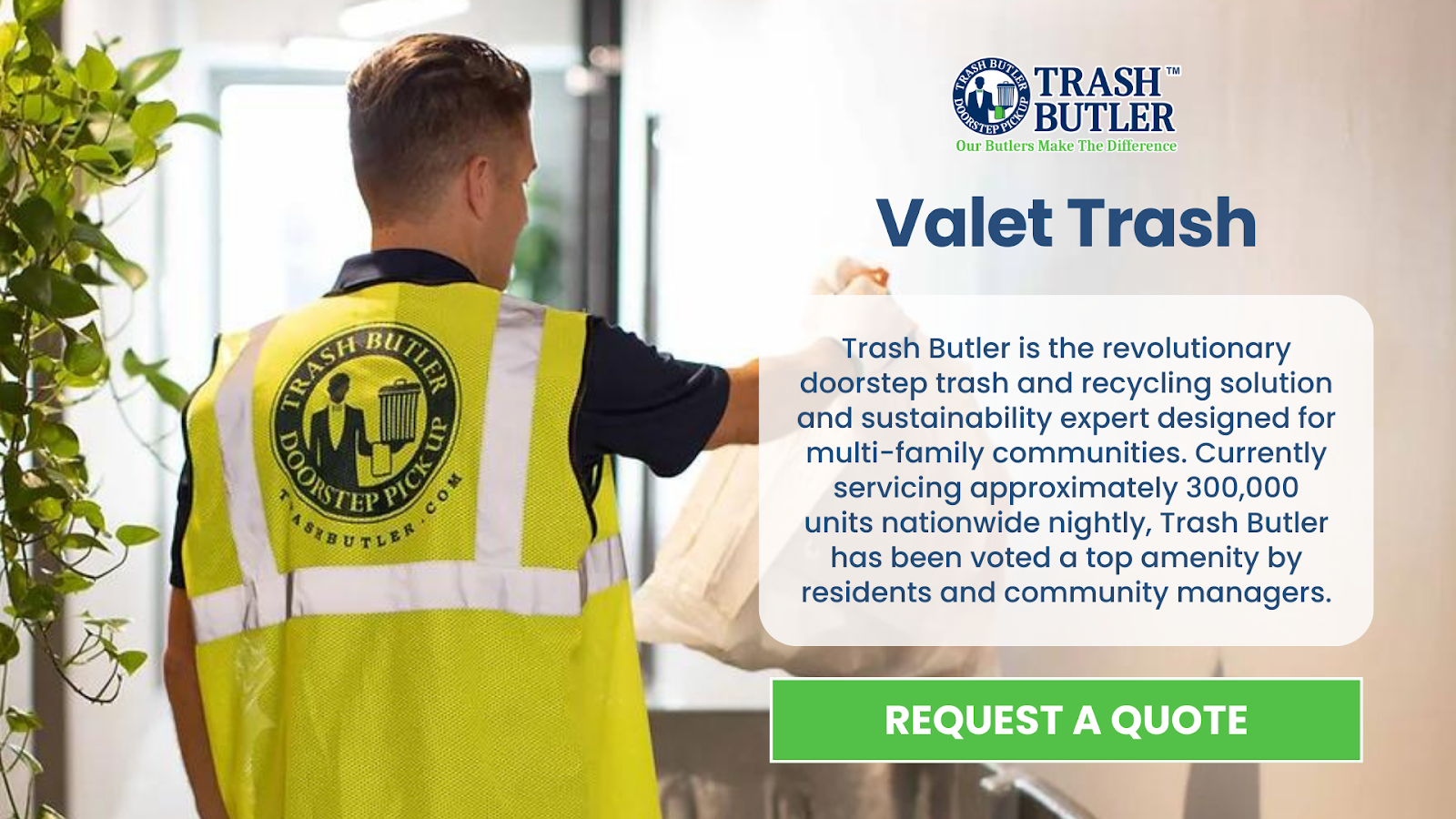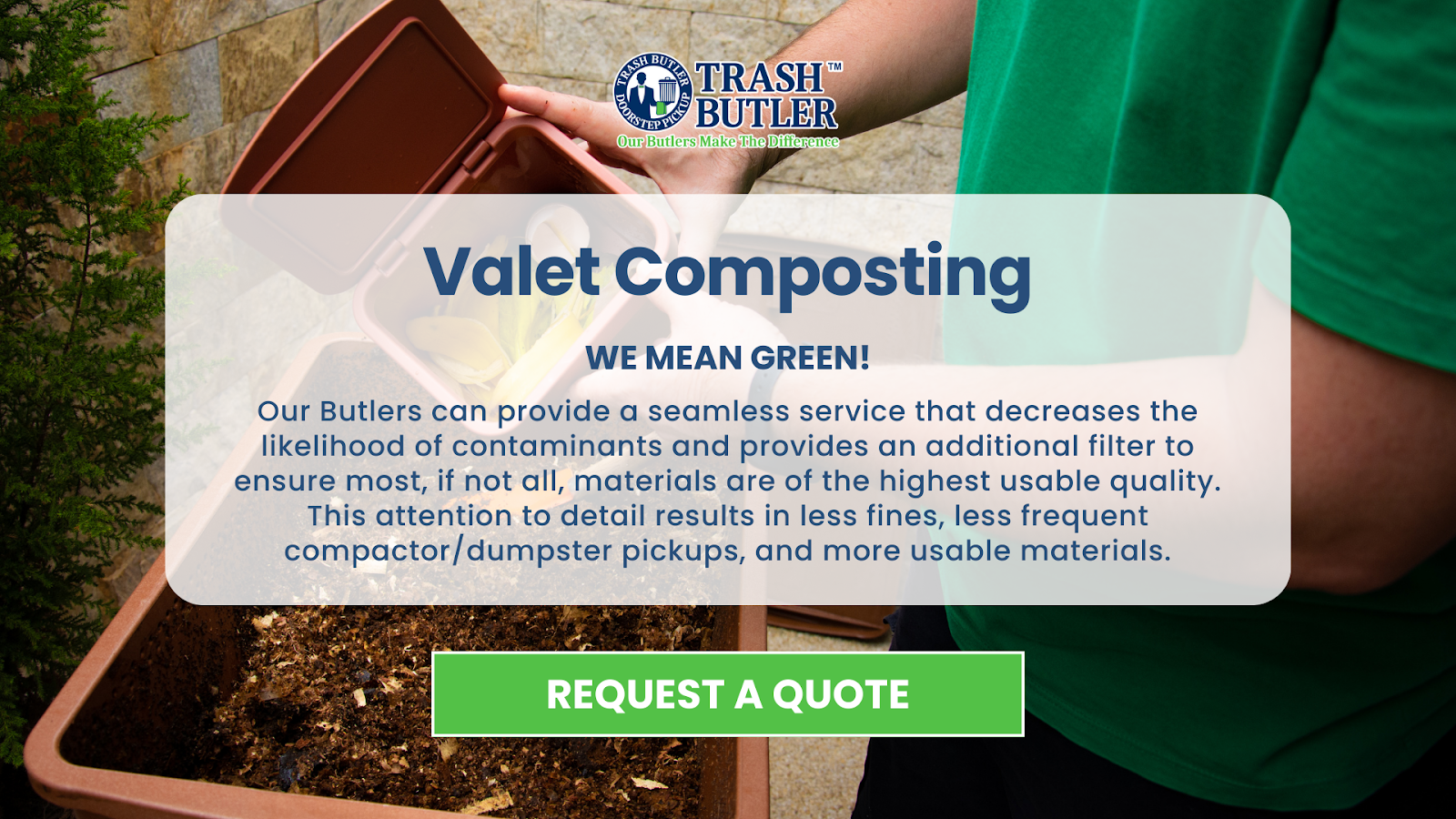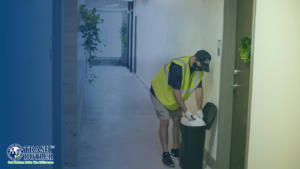Key Takeaways:
- Efficiency Gains: Property management tools automate daily tasks, reducing errors and allowing managers to focus on strategic initiatives, enhancing overall operational efficiency.
- Enhanced Communication: Integrated communication features in property management software foster better interactions between property managers, tenants, and vendors, ensuring timely responses and improved tenant satisfaction.
- Data-Driven Decisions: Robust reporting and analytics capabilities enable property managers to track performance metrics and make informed decisions, ultimately leading to optimized property management and increased revenue opportunities.
In the fast-paced world of property management, efficiency is key. With rising tenant expectations, competitive markets, and the ever-growing complexity of managing multiple properties, how do you keep operations running smoothly without feeling overwhelmed? The answer lies in the right tools.
Imagine effortlessly handling maintenance requests, tracking rent payments, and communicating with tenants—all from one intuitive platform. The best property management tools can transform your workflow, saving time and reducing stress.
In this article, we’ll explore the top property management tools designed to streamline your processes and improve tenant satisfaction. From comprehensive management software to specialized applications, we’ll provide insights into the most important features and how they can help elevate your property management game.
Understanding The Importance Of Property Management Tools For Effective Operations
In the fast-paced world of property management, utilizing the right tools is crucial for ensuring efficient operations. Property management tools help streamline processes, enhance communication, and improve tenant satisfaction. Here’s why these tools are essential and how they can impact your property management effectiveness:
Efficiency in Daily Operations
Property management tools automate routine tasks such as rent collection, maintenance requests, and lease tracking. This automation saves time and reduces human error, allowing property managers to focus on more strategic activities.
Improved Communication
Effective communication between property managers, tenants, and vendors is vital for smooth operations. Many property management tools offer built-in communication features, such as messaging systems and notification alerts, which help keep everyone informed and engaged.
Data Management and Reporting
Comprehensive property management software allows for centralized data storage, making it easy to access important information at any time. Advanced reporting features enable property managers to analyze performance metrics, track expenses, and make informed decisions based on real-time data.
Maintenance Management
A robust property management tool can streamline maintenance operations by allowing tenants to submit requests easily. Managers can track the status of requests, schedule repairs, and communicate with maintenance staff, ensuring that issues are addressed promptly.
Financial Management
Managing finances is critical in property management. Tools that offer budgeting, accounting, and invoicing features help property managers maintain financial health, ensuring timely rent collection and accurate expense tracking.
Key Features To Look For In Property Management Software: What You Need To Know
The right property management system is crucial for effectively operating multi-family apartment communities. The ideal software should enhance efficiency and offer sustainability solutions, aligning with the growing environmental consciousness in property management. Below we outline essential features that property management software should offer to optimize your operations and meet the expectations of both residents and management teams.
Comprehensive Tenant and Lease Tracking
At the heart of property management is maintaining detailed records of tenants and lease agreements. High-quality property management software should offer an intuitive interface that allows for the easy input, update, and retrieval of tenant information, lease start and end dates, rent amounts, deposits, and other critical data. This feature ensures seamless management of tenant turnover, rent increases, and lease renewals, reducing administrative workload and minimizing errors.
Online Payment Processing
In today’s digital age, convenience is king. A system that integrates online payment processing enables residents to pay rent and other fees effortlessly via credit cards, debit cards, or direct bank transfers. This not only improves the resident experience by offering them flexibility and convenience but also facilitates a smoother cash flow for property managers by minimizing late payments.
Maintenance Request Tracking
Effective maintenance management is vital for residents’ satisfaction and the longevity of property assets. Advanced property management systems should include functionalities that allow residents to submit maintenance requests online and enable the property management team to track these requests, assign tasks to maintenance staff, and update residents on the status of their requests. This feature promotes responsiveness and transparency, leading to increased resident satisfaction.
Integrated Communication Tools
Clear and timely communication between property managers, maintenance teams, and residents is essential for the smooth operation of any multi-family apartment community. Look for software that offers integrated communication tools such as messaging platforms, email systems, and notification alerts to streamline communication and ensure that important messages are delivered and received promptly.
Reporting and Analytics
Data-driven decision-making is key to optimizing the performance of multi-family communities. The best property management software will offer comprehensive reporting and analytics tools, providing insights into financial performance, occupancy rates, maintenance costs, and more. These insights can guide strategic decisions, helping property managers enhance operational efficiency and plan for future growth.
Comparing The Top Property Management Solutions: Which One Is Right For You?
Choosing the right property management system can significantly streamline operations in multi-family apartment communities, where efficiency and tenant satisfaction are paramount. Here, we compare several top solutions to help you determine which system aligns best with your community’s needs.
Buildium
Buildium stands out for its end-to-end management features, which cater to both aspects of property management: property operations and accounting. These features are particularly beneficial for residential properties, allowing managers to automate rent, handle maintenance requests efficiently, and communicate seamlessly with tenants. However, for communities focused on sustainability and unique amenities, more customization options may be needed.
AppFolio
AppFolio offers a robust cloud-based property management system, ideal for communities of all sizes. It excels with its mobile app, granting managers and residents unparalleled access to features such as payment processing and maintenance requests. The platform’s user-friendly interface and flexibility make it a strong contender, though its pricing model, based on both a monthly fee and per-unit cost, may not suit all budgets.
Yardi Breeze
Yardi Breeze is revered for its simplicity and effectiveness, offering core property management functions emphasizing residential properties. It’s an excellent option for smaller communities seeking straightforward, no-frills software. Its strong accounting and reporting capabilities are notable, but larger communities or those looking for more advanced features might find it lacking.
Propertyware
For those managing single-family units at scale, Propertyware offers a unique proposition. Its customization and scalability are ideal for portfolios of all sizes, including full-service accounting, maintenance, and marketing tools. However, the system’s complexity might present a steep learning curve for new users.
Rent Manager
Rent Manager’s standout feature is its versatility. Suitable for small and large properties, it offers a customizable database to handle unique property needs, including undue emphasis on sustainability practices and amenities. The software also supports integrating third-party applications, offering flexibility not found in all systems. However, this open-ended approach may require additional investment in IT support to manage and customize effectively.
Maximizing Efficiency: Tips For Integrating Property Management Tools Into Your Workflow
With the correct implementation, these tools can significantly enhance the efficiency of managing multi-family apartment communities. Here are some tips for integrating property management tools into your workflow effectively.
Identify Your Needs
Before exploring the myriad property management systems available, it’s crucial to identify your community’s specific needs. Consider factors like the size of your portfolio, the number of staff members, and the typical issues you face daily. This assessment will guide you in choosing a system that aligns with your operational requirements, ensuring you invest in a solution that addresses your pain points.
Seek Systems with Comprehensive Features
Opt for a property management system that offers a comprehensive suite of features. These might include tenant and lease tracking, maintenance request management, accounting budgeting tools, and communication platforms for staff and residents.
Prioritize User-Friendliness
A property management system can only transform your operations if it’s used consistently by your team. Choose a system that is intuitive and easy to navigate to ensure quick adoption among your staff. The faster your team can get up to speed with the software, the sooner you’ll start seeing improvements in your operational efficiency.
Implement Training and Support
Even with the most user-friendly system, transitioning to a new way of working requires adjustment. Provide comprehensive training for your team to ensure they are comfortable and proficient with the new tools. Additionally, choose a property management system that offers reliable customer support so you can quickly resolve any issues that arise during the implementation phase or beyond.
Monitor and Adjust
After integrating a new property management system into your workflow, closely monitor its impact on your operations. Gather feedback from your team and residents on its efficiency and usability. Be prepared to make adjustments, whether that means tweaking how you use the system or switching to a different software that better fits your evolving needs.
The Cost Of Not Using Property Management Tools: Hidden Challenges You Might Face
While integrating property management systems has proven to be a game-changer for many, some still hesitate, unaware of the hidden costs and challenges accompanying manual management methods.
Elevated Operational Costs
Without the automation and efficiency provided by property management tools, communities may face significantly higher operational costs. Manual tasks such as lease management, maintenance scheduling, and tenant communication require considerable manpower and time. This slows down processes and increases the likelihood of errors, leading to rework and additional expenses.
Decreased Tenant Satisfaction
Today’s residents expect quick, efficient service and communication. Communities that rely on traditional, manual processes often struggle to meet these expectations, leading to decreased tenant satisfaction and retention. This can directly impact the bottom line, as acquiring new tenants is typically more costly than retaining existing ones. Property management systems enable communities to respond swiftly to tenant requests, keep residents informed, and enhance the overall living experience—factors that directly contribute to satisfaction and loyalty.
Inefficient Use of Resources
Manually tracking and managing the various aspects of property management—from maintenance requests and vendor contracts to rent collection and financial reporting—can lead to inefficient resource use.
Staff may be overwhelmed with paperwork and administrative tasks, detracting from higher-value activities that could improve the community and resident experience. Property management tools streamline these processes, freeing staff to focus on initiatives that add value to the property and its residents.
Missed Revenue Opportunities
Without the detailed insights and analytics property management systems provide, communities may miss out on opportunities to maximize revenue. These tools can identify trends, track occupancy rates, and suggest optimal pricing strategies based on real-time data, allowing communities to adjust quickly to market demands.
Reduced Market Competitiveness
Finally, the absence of property management tools can significantly reduce a community’s competitiveness in the market. Potential tenants often compare amenities and services as a major factor in their decision-making process.
Best Practices For Choosing The Right Property Management Software For Your Needs
Implementing the right property management system is crucial for enhancing the efficiency and sustainability of operations in multi-family apartment communities. The ideal software should streamline day-to-day tasks and contribute positively to the resident experience and overall community well-being. To ensure property managers make the most informed decision, here are some best practices for selecting the perfect property management software that aligns with your needs.
Assess Your Specific Requirements
Begin by evaluating your community’s unique needs. Consider the size of your portfolio, the complexity of your operations, and the specific challenges you face in management. Are you struggling with maintenance requests, resident communication, lease management, or sustainability initiatives? Identifying these needs will help you pinpoint the features most crucial for your property management software.
Prioritize User-Friendliness
The best property management systems are intuitive and easy for both staff and residents to use. A user-friendly interface reduces the learning curve and helps in the quicker adoption of the software across your community. Look for systems that offer streamlined workflows, clear navigation, and responsive design for mobile devices, ensuring that all users can access the platform from anywhere, at any time.
Explore Integration Capabilities
In the digital age, the ability of a property management system to integrate with other software and technological solutions is vital. This includes accounting software, payment gateways, and even specialized services. Seamless integration enhances the efficiency of operations and creates a more cohesive and sustainable management ecosystem.
Investigate Scalability
Your property management software should grow with your business. Opt for solutions that offer scalability in terms of adding new units, properties, or even new functionalities as your needs evolve. Consider software providers that offer different tiers of service or modular features that you can customize based on your current operations and anticipated growth.
Demand Strong Support and Security Features
The importance of robust customer support and stringent security measures cannot be understated. Ensure that your chosen property management system offers reliable, round-the-clock support for any technical issues that may arise. Equally, the system must employ the latest security protocols to protect sensitive resident and property data from cyber threats.
Evaluate the Return on Investment
Lastly, weigh the property management system’s cost against its benefits. This includes not only immediate improvements in operational efficiency and resident satisfaction but also long-term gains like reduced turnover, increased occupancy rates, and more sustainable management practices. The right software should offer a clear return on investment, supporting your community’s financial health and environmental goals.
Exploring Add-On Features: How To Customize Your Property Management Experience
While core features like tenant management, maintenance scheduling, and financial reporting are essential for any property management system, add-on features can further customize your experience and tailor the software to your needs. Here are some common add-on features to consider:
Marketing and Leasing Tools
- Online property listings: Create and manage online property listings on popular platforms.
- Virtual tours: Offer virtual tours of properties to attract potential tenants.
- Lead management: Track and manage leads, from initial contact to lease signing.
Document Management
- e-Signature: Enable electronic signing of leases and other documents.
- Document storage: Securely store important documents, such as leases, maintenance records, and financial statements.
- Version control: Track changes to documents and maintain historical records.
Mobile Apps
- Tenant portal: Provide tenants with a mobile app for rent payments, maintenance requests, and communication.
- Manager portal: Access property management functions from your mobile device.
Integrations
- Accounting software integration: Connect your property management system to your accounting software for seamless financial management.
- Calendar integration: Integrate with your calendar to schedule appointments and tasks.
- Payment gateway integration: Accept online payments from tenants using popular payment gateways.
Customizable Reports
- Generate custom reports: Create tailored reports to analyze property performance, track expenses, and identify trends.
- Data visualization: Visualize data using charts and graphs for easier understanding.
By exploring these add-on features, you can customize your property management experience to meet your specific needs and maximize the value of your property management system.
Final Thoughts
In the rapidly evolving landscape of property management, leveraging the right property management systems is not just an option but a necessity for ensuring streamlined operations and enhanced tenant satisfaction. The best property management tools offer a blend of efficiency, scalability, user-friendliness, and advanced features tailored to meet the diverse needs of multi-family apartment communities. By adopting these systems, property managers can significantly reduce operational complexities, automate mundane tasks, and focus on delivering exceptional services to residents.
Trash Butler™ exemplifies innovation and commitment to excellence in the multi-family housing sector. As a sustainability expert offering a revolutionary doorstep valet trash service and recycling solution, Trash Butler™ has dramatically improved how waste management is handled in apartment communities nationwide. Our success underscored by servicing over 300,000+ units and being recognized as a top amenity by residents and property managers, demonstrates the profound impact of integrating specialized services with traditional property management functions.
Request a Quote: Fill out a form’ to see how Trash Butler™ can benefit your community.
Schedule a Consultation: Contact us to discuss custom solutions for your community’s needs via email: NAbooking@chhj.com
Additional Reading:
- Top Features To Look For When Choosing A Valet Trash Service Provider
- The Ultimate Guide To Valet Trash Service For Multifamily Residences
- Everything Property Managers Need To Know About Doorstep Trash Pickup
Frequently Asked Questions
What are property management tools?
Property management tools are specialized software solutions designed to assist property managers and owners in efficiently handling the day-to-day operations of their rental and real estate properties. These tools streamline tasks such as tenant screening, lease management, maintenance requests, and financial accounting, making property management more effective and less time-consuming.
Are cloud-based property management tools secure?
Yes, cloud-based property management tools implement robust security measures, including data encryption, secure access controls, and regular security audits, to protect sensitive information. Additionally, these platforms often comply with industry-standard data protection regulations, ensuring tenant and property data are handled securely.
Can I manage multiple properties with one property management tool?
Yes. Most property management systems are designed to handle portfolios of any size, allowing property managers to oversee multiple properties within a single platform. These tools provide comprehensive dashboards and reporting features that make monitoring the performance and needs of each property in your portfolio easy.
What kind of support can I expect with property management tools?
Support options vary by provider but generally include online documentation, tutorial videos, live chat, email support, and sometimes, phone support. Some companies also offer dedicated account managers or customer success teams to help with onboarding, training, and ongoing support.
How quickly can I get a property management tool up and running?
The implementation time for a property management tool can vary depending on its complexity and the size of your property portfolio. Simple, cloud-based systems can often be set up and operational within a few days, while more comprehensive solutions might take several weeks to implement and customize to your needs fully.
What is the cost of implementing a property management tool?
The cost of implementing a property management tool varies widely depending on the software provider, the features and capabilities you require, and the number of units or properties managed. Pricing models can include monthly subscription fees, per-unit fees, or one-time purchase prices. It’s important to evaluate the pricing structure of any property management system to ensure it aligns with your operational budget and business needs.

